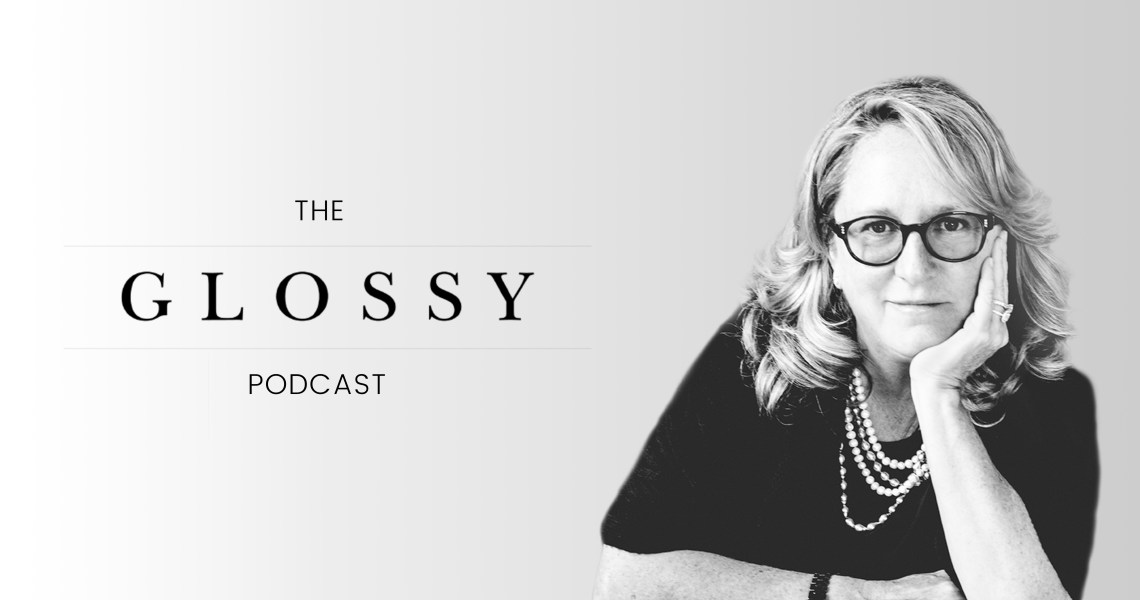Subscribe: iTunes | Stitcher | Google Play |Spotify
Founded in 1996, Lafayette 148 has steadily grown to become a massive contemporary brand. Recently, co-founder and CEO Deirdre Quinn decided it was time to introduce change to the SoHo-native company.
“If you stepped back and looked at the business, it completely needed to evolve,” said Quinn. “Some people got it right away and knew that it would be great for the company, and others thought we could never leave the address we were named after. I’m honestly surprised how many people didn’t even know where the name came from. We still have a store [on Lafayette Street], and people come all the time and love it, but they also understand that a company needs to evolve.”
Following a headquarters move to the Brooklyn Navy Yard, Quinn spent her time and resources reinvesting in the company. After decades of building out different departments and teams, her focus shifted to finding a way to bring all parts of the company together and to use these new efficiencies to begin international retail expansion and experimentation with technology like AI.
On this week’s episode of The Glossy Podcast, Hilary Milnes sits down with Quinn to discuss where the company is going, what she’s learned about physical retail and how Lafayette 148 is creating a focused lifestyle brand. Edited highlights below.
How a move to Brooklyn helped Quinn reinvest in her business
“The company wasn’t laid out to be the most efficient it could be. One of the main decisions we made was to reinvest in the business. Our biggest expense, besides the product, were the employees, and I really didn’t want to change the culture, because a great company is about great people. The second biggest expense was the rent, so we wanted to take those savings and invest it. We opened a store in South Coast Plaza in September. We opened a store in Tysons, down in Washington, D.C., in February. And now we’re opening Madison Avenue in August. So those were exciting times for the company to say, ‘Look, we can be more efficient, we can save, and we can reinvest.’ I’d say those were the biggest decisions we made.”
Ad position: web_incontent_pos1
The importance of physical retail
“At one point, I really did feel like, ‘Oh, no, do we have to do this?’ You have to do it. It builds confidence in your brand. There is a traditional customer that wants to go to the store, and when they’re inside, they find all these other things. They could bring one thing back, and take three more things out with them. We didn’t have a full lifestyle brand when we started the company, but when you go into retail, you have to have all the components. If she wants to have a full outfit, giving it to her is the best way. She’s in the dressing room, and you’re bringing her the shoes that go with it. We’ve found that these stores really give us confidence.”
Staying focused as a lifestyle brand
“[Being a modern lifestyle brand] means you have to be good at everything. You have to make jeans for the weekends. You have to make evening clothes for the holiday parties. You have to give her that desk-to-dinner blouse she wants. But you still have to have the tailored jackets, which are very important in a wardrobe — we’ve only seen a move from that of about 4%. Somebody else might tell you that no one’s wearing jackets anymore, but they are. You just have to be good at everything, and have a team that watches the ebbs and flows of where you are, where she’s going and how you’re going to be there.”


